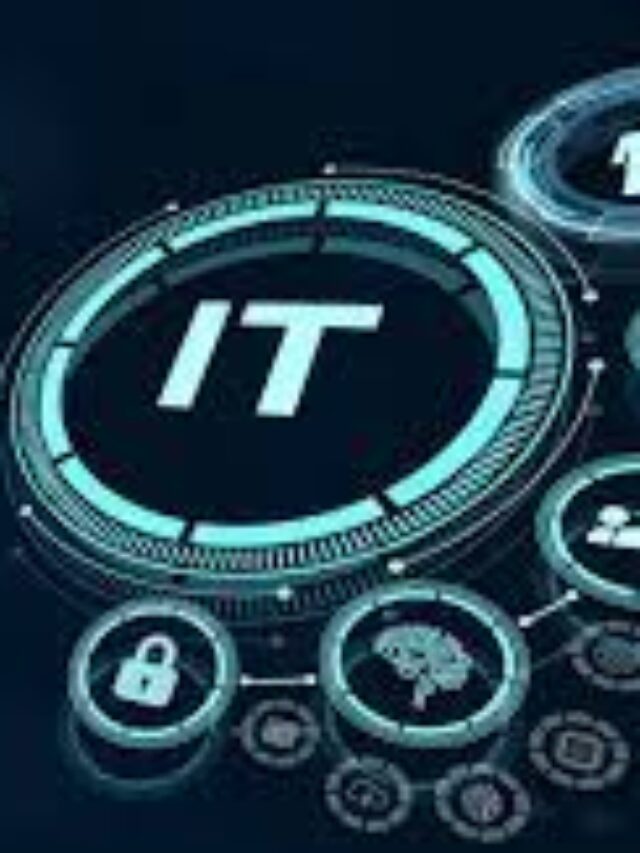IT Sector in the Indian
Share Market
Explore the ever-evolving IT sector in the Indian Share Market. Discover its growth, key players, and future prospects in this in-depth analysis. In recent years, the Information Technology (IT) sector has become a cornerstone of the Indian share market, attracting both domestic and international investors. This article delves into the captivating journey of the IT sector in the Indian share market, exploring its growth, key players, challenges, and the promising future it holds.
The Genesis of the IT Sector
The IT sector’s emergence in the Indian share market can be traced back to the 1970s and 1980s when a handful of visionary entrepreneurs recognized the potential of software services outsourcing. They laid the foundation for what would later become one of India’s most robust industries. Notable pioneers in this space include Narayana Murthy, Azim Premji, and Shiv Nadar, who founded Infosys, Wipro, and HCL Technologies, respectively.
Meteoric Rise: Growth of IT Stocks
The growth of IT stocks in the Indian share market has been nothing short of meteoric. These companies have consistently delivered impressive financial results, attracting investors with the promise of substantial returns. Factors contributing to their remarkable growth include:
1. Outsourcing Advantage
Indian IT companies have established themselves as global outsourcing hubs, providing cost-effective and high-quality services to clients worldwide. This cost advantage has been a significant driver of their growth.
2. Technological Innovation
Continuous investment in research and development has allowed Indian IT firms to stay at the forefront of technological advancements. This innovation-driven approach has enhanced their competitiveness on the global stage.
3. Skilled Workforce
India boasts a vast pool of talented IT professionals. The availability of a skilled and English-speaking workforce has been a significant advantage for Indian IT companies.
Key Players in the IT Sector
Several key players dominate the Indian IT sector, each with its unique strengths and market positioning. These include:
1. Tata Consultancy Services (TCS)
TCS, a subsidiary of Tata Group, is the largest IT services company in India. With a global presence and a diverse portfolio of services, TCS consistently ranks among the top IT firms worldwide.
2. Infosys
Infosys, founded by Narayana Murthy, is renowned for its commitment to quality and innovation. It has a strong global client base and a reputation for delivering cutting-edge solutions.
3. Wipro
Wipro, under the leadership of Azim Premji, has evolved into a global IT giant. It provides a wide range of services, including IT consulting and business process services.
4. HCL Technologies
HCL Technologies, founded by Shiv Nadar, is known for its customer-centric approach and focus on transformational IT solutions. It has a strong presence in North America and Europe.
5. Tech Mahindra
Tech Mahindra is a leader in digital transformation and consulting services. It has gained recognition for its expertise in emerging technologies such as blockchain and artificial intelligence.
Challenges and Resilience
Despite its remarkable growth, the IT sector in the Indian share market has faced its fair share of challenges. These challenges include:
1. Currency Fluctuations
The sector is heavily reliant on exports, making it susceptible to currency fluctuations. A strong Indian Rupee can adversely affect profitability.
2. Competition
Global competition is fierce, with IT firms from other countries vying for the same clients. Indian companies must continually innovate to maintain their competitive edge.
3. Regulatory Changes
Changes in international regulations, such as visa restrictions, can impact the movement of skilled talent, affecting project delivery timelines.
A Promising Future
Despite the challenges, the future of the IT sector in the Indian share market looks promising. Here’s why:
1. Digital Transformation
The COVID-19 pandemic accelerated the need for digital transformation. Indian IT companies are well-positioned to capitalize on this trend, offering solutions for remote work, e-commerce, and cybersecurity.
2. Emerging Technologies
Investments in emerging technologies like artificial intelligence, blockchain, and the Internet of Things (IoT) are expected to drive growth in the sector.
3. Global Partnerships
Indian IT firms are forming strategic partnerships with global tech giants, expanding their reach and capabilities.
In Conclusion
The IT sector in the Indian share market has come a long way since its inception. It has evolved into a global powerhouse, showcasing India’s prowess in technology and innovation. While challenges persist, the sector’s resilience, adaptability, and commitment to excellence ensure that it continues to be a lucrative investment opportunity for those who believe in its potential. As the world becomes increasingly digital, the IT sector’s journey in the Indian share market is one of unwavering growth and endless possibilities.








